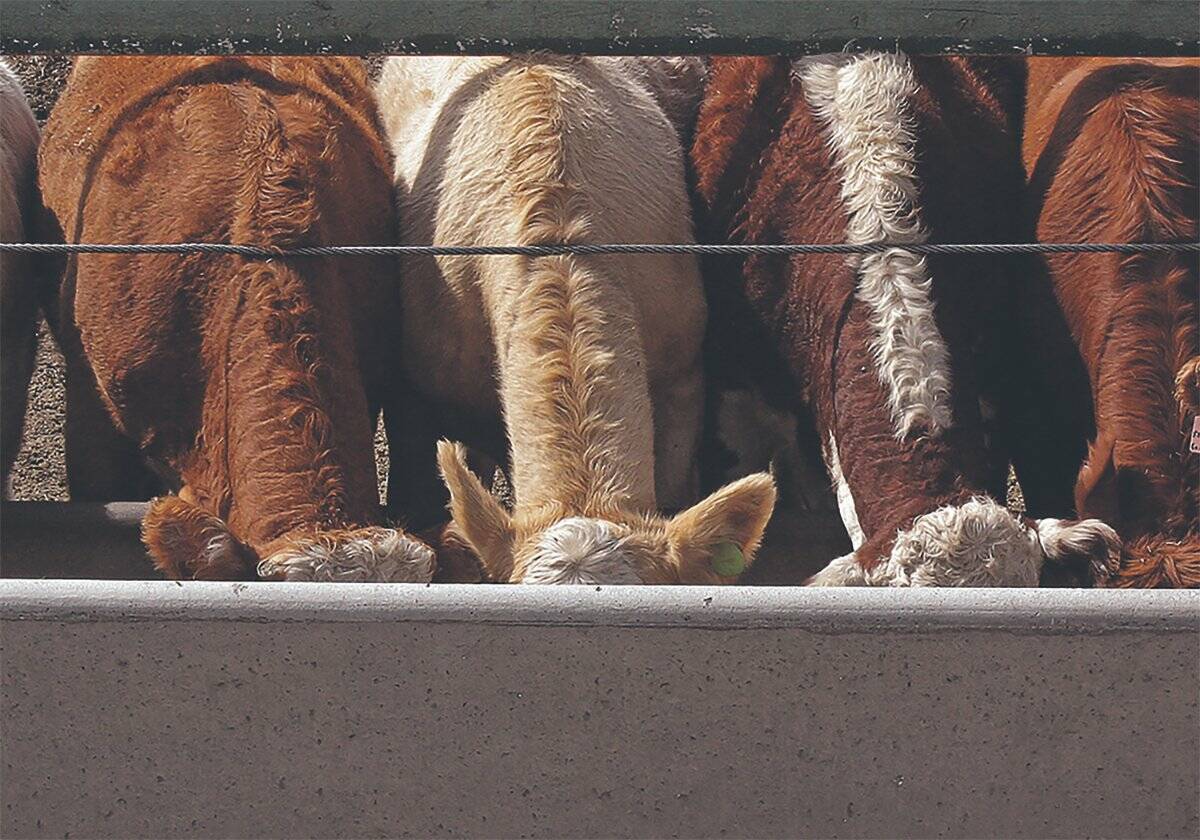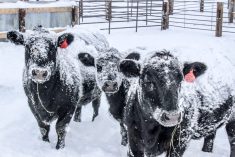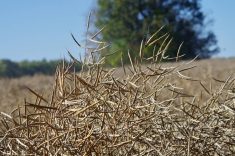Big canola yields in the northern Plains have eased earlier supply concerns for U.S. processors, who also look to tap a bin-busting harvest in Western Canada.
U.S. farmers planted 1.3 million acres of canola in 2013, but unfavourable weather prevented them planting the crop on 426,711 acres, according to U.S. Department of Agriculture Farm Services Agency data. A year earlier, under better conditions, they planted 1.7 million acres of canola, and were unable to plant on only 6,000.
Yields in North Dakota, however, look to make up for lost acres after favourable summer weather, industry officials say.
Read Also

U.S. livestock: Cattle futures surge as second screwworm case announced
Chicago | Reuters – Chicago Mercantile Exchange cattle futures rallied on Friday as two new screwworm cases were announced in…
“We were a little concerned early in the crop year because the acres were disappointing,” said Neil Juhnke, chief operating officer of Northstar Agri Industries, which runs a canola-crushing plant at Hallock, Minn. “But the yields we’re seeing around the plant and in the core of the North Dakota canola-growing region have just been spectacular.
“We think there’s about the same amount of canola available this year as there was last year.”
Juhnke said yields ranged in the main North Dakota canola-growing area from 50 to 70 bushels per acre, about double the usual yield.
U.S. farmers are a small producer of canola, which is used mainly for vegetable oil in food processing and as a protein source in livestock rations. But U.S. plantings in the shadow of No. 1 grower Canada have crept higher in the past decade and the yellow-flowering oilseed has proven to be a useful rotation crop from winter wheat in Oklahoma, southern Kansas and north Texas, as well as a profitable summer crop option in northern states.
Crushers such as Legumex Walker are counting on farmers’ fondness for canola growing. The Canadian processor of legume crops like peas and lentils opened a canola-crushing plant in Warden, Wash. late last year, well away from the main U.S. canola-growing states.
“We will source as much western (U.S.) canola as we possibly can, but until we see what the growers actually plant and grow, we don’t know that percentage,” said Legumex Walker CEO Joel Horn. The company is encouraging Pacific Northwest farmers to plant non-genetically modified canola seed to tap strong demand.
Legumex’s goal is to source all of its canola from the Pacific Northwest, but for its first full year of commercial production in 2014, it could get more than half from Western Canada and North Dakota.
Northstar, which has processed canola at Hallock for about 18 months, will rely as usual on Canada to supply about 40 per cent of its canola, Juhnke said.
Canada shipped 320,000 tonnes of canola seed to the United States in the previous 2012-13 crop year, according to Canadian Grain Commission, less than a year earlier due to tight supplies.
U.S. buyers are also eager to buy Canadian canola meal, a product that is a cheaper but less protein-rich livestock feed option than soymeal. Before harvest started, soybean futures were priced at the highest relative premium to canola since the record notched in 2008.
But the logistical challenges of importing Canadian canola meal limits supplies, said a feed dealer who sells soymeal and canola meal to Ohio livestock producers. “Demand has been consistent but the supply is spotty due to the rail networks,” said the dealer, who spoke anonymously because he was not authorized by his company to speak publicly.
Canola futures on ICE Futures Canada lost nearly eight per cent in September, sagging as new supplies replenished tight carryover stocks from the previous harvest.
Canadian farmers are set to harvest a record-large canola crop this autumn, shattering the previous high-production mark after an almost ideal mix of rain and cool and hot temperatures at the right growing stages.
U.S. canola’s growth is limited somewhat by the recent ability of farmers in northern areas to grow corn and soybeans due to climate change, said Dale Thorenson, assistant director of the U.S. Canola Association.
U.S. canola production is on course for 870 million tonnes this year, down from last year’s 1.1 million, but higher than the previous five-year average, according to USDA.
Other U.S.-based canola crushers include Archer Daniels Midland in North Dakota and Kansas, and Producers Co-operative Oil Mill in Oklahoma City.
— Rod Nickel is a Reuters correspondent based in Winnipeg.














